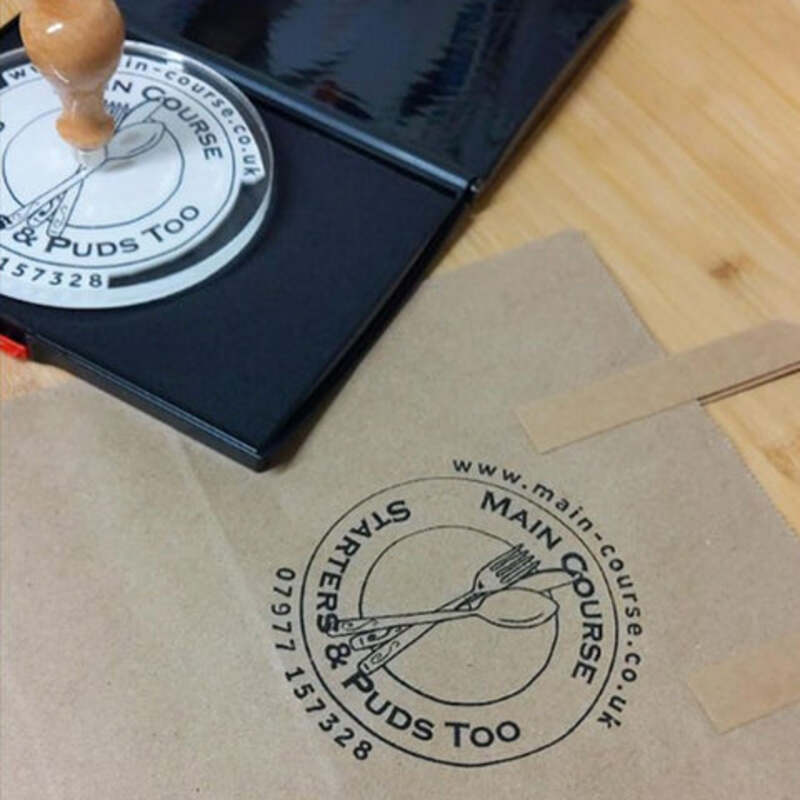The Case for Paper Straws A Sustainable Shift in Consumer Choices
In recent years, environmental concerns have sparked a significant shift in consumer behavior and industry practices. Among the many products coming under scrutiny, plastic straws have emerged as a focal point in the battle against plastic pollution. As a response, paper straws have gained traction as a sustainable alternative. This article explores the benefits, challenges, and future of paper straws in mitigating environmental impact.
Plastic straws are prevalent in restaurants, bars, and fast food outlets, with millions being used daily. Unfortunately, their convenience comes at a steep environmental cost. Plastic straws are primarily made from polypropylene, a product that takes hundreds of years to decompose. As discarded straws accumulate in landfills and oceans, they contribute to the staggering 8 million tons of plastic waste that enter marine environments each year. This pollution poses a severe threat to wildlife, as marine animals often mistake plastic for food, leading to injury or death.
In contrast, paper straws present a more eco-friendly solution. Made from renewable resources, such as trees, they are biodegradable and can decompose within weeks, significantly reducing their environmental footprint. When disposed of correctly, paper straws can return to the soil, contributing to the nutrient cycle rather than polluting ecosystems. Additionally, many manufacturers of paper straws prioritize sustainable practices, sourcing materials from responsibly managed forests, making the entire product lifecycle more sustainable.
paper straws

Despite their apparent advantages, paper straws are not without challenges. One of the primary concerns consumers raise is durability. Traditional paper straws can become soggy when left in liquid for an extended period, prompting some patrons to revert to plastic for the sake of convenience. However, advancements in technology and manufacturing techniques are addressing this issue. Many new designs incorporate plant-based coatings that enhance durability, allowing paper straws to hold up better in liquid without compromising their compostability.
Another criticism is the resource intensity involved in producing paper straws. Some argue that the energy and materials required in their production, including water use and deforestation, may outweigh their environmental benefits. However, proponents of paper straws argue that the problem lies less with the product itself and more with unsustainable practices in paper manufacturing. The challenge, therefore, is to ensure that paper straws are produced through sustainable means, minimizing the impact on forests and water sources.
The growing popularity of paper straws reflects a broader trend towards sustainability. Many governments have begun to impose bans on single-use plastics, further encouraging businesses to seek out alternatives. As consumers become more environmentally conscious, the demand for eco-friendly products is set to rise. This shift not only applies to individual consumer choices but also to corporate responsibility. Companies are increasingly recognizing that their long-term viability hinges on sustainable practices, including the adoption of biodegradable materials like paper straws.
In conclusion, while paper straws are not without their flaws, they represent a significant step forward in the quest to reduce plastic waste. Through innovation and responsible manufacturing practices, the negative impacts associated with their production can be mitigated. As consumers, we have the power to influence the market by supporting businesses that prioritize sustainability. By choosing paper straws over plastic, we align ourselves with a vision for a cleaner, healthier planet. Embracing such changes, no matter how small, can lead to a larger collective impact and foster a culture of responsibility and stewardship toward our environment.



